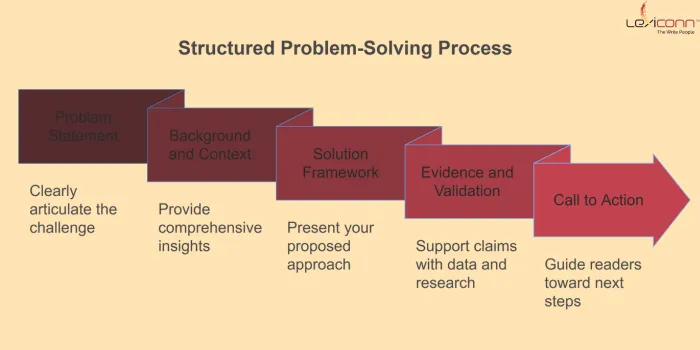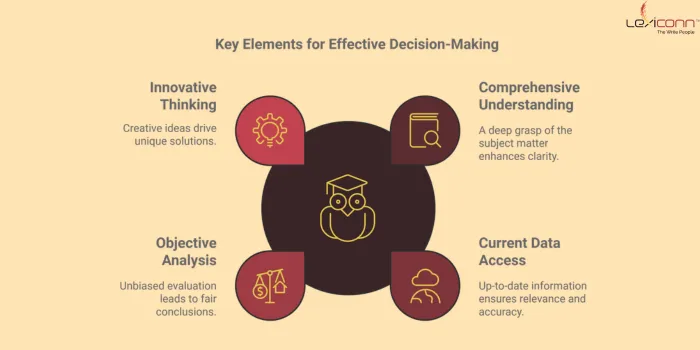

Let’s be honest. Writing a business white paper isn’t the kind of thing you dream about doing on a lazy Sunday morning. But here we are. It’s 3 p.m., you’ve Googled “effective white paper tips” more times than you’d care to admit, and the blinking cursor feels like a personal attack.
And yet, these persuasive little documents—white papers—are the secret sauce of modern business. They’re like the suave dinner guest who knows all the right stats and drops solutions like confetti, convincing everyone they’re the smartest person in the room. For businesses, they’re not just a flex. They’re lead magnets, problem-solvers, and industry expert-makers.
But let’s cut the fluff and get to what you’re really here for: how to make your white paper not just readable but irresistible. Shall we?
(Yes, we’re having that talk.)
Before you start typing furiously, ask yourself: Why am I even doing this? Not in the existential sense, though that’s tempting, but in the “What’s the point of this white paper?” sense.
The magic happens when your purpose shifts from “Let’s write because everyone else is doing it” to “Let’s write because this solves their problem.” Suddenly, it’s not just a document—it’s a targeted solution.
Creating a detailed persona for your readers isn’t just helpful—it’s everything. Who are they? What do they want? And, most importantly, why should they care about your white paper?

Here’s what to consider:
For instance, a white paper targeting C-level executives in the technology sector will differ significantly from one aimed at mid-level managers in healthcare. The language, depth of technical detail, and overall approach must be tailored precisely to your intended readers.
Let’s say you’re writing a white paper on cybersecurity for financial institutions. (Great topic, right?) Your purpose might be:
Your audience? Think CISOs, IT directors, and those mythical senior executives who have the power to greenlight million-pound security budgets. These people are busy. They don’t have time for fluff. Your white paper needs to hit them with facts, insights, and enough polish to scream, We’re the experts you’ve been looking for.
A business white paper is basically a fancy story in a corporate suit. And like all good stories, it’s got to grab attention, keep it, and leave the reader thinking, This was worth my time.
So, how do you turn white paper writing into something a little less dull and a lot more compelling? By nailing the art of storytelling, of course.
A white paper isn’t an academic thesis. It’s not something you write to win a debate. It’s a narrative—a well-dressed journey that takes your reader from “Here’s your problem” to “Look! We have the solution!” Think of it like a TED Talk but with graphs and a killer Call to Action at the end.
Here’s the formula to nail it:

Think of your structure as the scaffolding that keeps everything standing:
Crafting a business white paper isn’t about cramming in all the jargon you know. It’s about telling a story that’s as persuasive as it is practical. So, get out there and make your next white paper the kind of read that makes people think, Now this? This is genius.
If this feels like juggling flaming torches while walking a tightrope, don’t panic. There are experts out there (ahem - LexiConn) who can help turn even the densest data into a narrative that flows like a bestseller.
If you’re aiming for a killer white paper strategy, here’s the golden rule: do the homework. The last thing you want is to come off like someone who skimmed a Wikipedia page and called it a day.
Credibility is everything. Without it, your white paper is just a glorified brochure. To stand out, you need to show that you:

No one wants to stare at a spreadsheet. Here’s how to make your research digestible and—dare I say—engaging:
LexiConn specializes in turning raw data into infographics that turn heads and case studies that build trust. Your research can shine without making your audience’s eyes glaze over. And if pulling it all together feels like scaling Everest, maybe it’s time to lean on someone who knows the terrain—Book a 30-minute free call with us and learn more!
Nothing kills credibility faster than dodgy references. Here’s how to keep it clean:
When it comes to white paper strategy, research isn’t just a box to tick. It’s the backbone of your document, the thing that makes people trust you, believe you, and—if you’ve done it right—contact your business.
Here’s the deal: if your white paper for business looks like it was made in 2005 by someone allergic to design, no one’s going to read it. Sad but true. A killer white paper strategy doesn’t stop at content—it needs to look as good as it reads. Think of it as a first date: presentation matters.
Your white paper isn’t just words on a page; it’s a whole vibe. A well-designed document doesn’t just sit there—it works. It makes your insights easy to digest, your brand impossible to ignore, and your audience thinks, These people mean business.
Here’s why design matters:
Here’s the cheat sheet for creating a visual masterpiece:
Even the best design will flop if you forget the details:
A white paper for business doesn’t need to be a snooze-fest. When your design is as sharp as your content, you don’t just inform—you impress.
So, you've poured your heart and soul into white paper writing, crafting a business white paper that's both insightful and groundbreaking. But here's the kicker: if no one reads it, does it even exist?
Let's dive into some effective white paper tips to ensure your masterpiece gets the attention it deserves.
Creating a stellar white paper is just the beginning. Without a strategic distribution plan, it's destined to gather digital dust. To truly make an impact, you need to get it in front of the right eyes.
According to a study, 79% of B2B marketers found email to be the most effective distribution channel for white papers. At LexiConn, we don’t just distribute; we strategically place your white paper where it has the best chance of turning views into action.
If you’re nodding along but wondering where to even start, let me introduce you to LexiConn.
We’re not just a content marketing agency; we’re your go-to for creating and promoting white papers that turn heads.
Here’s the takeaway: great white paper writing isn’t just about sounding smart—it’s about being useful. When you combine a clear purpose, a narrative that actually reads like a story, data-backed research, eye-catching design, and a promotion plan that feels like a mic drop, you’re not just writing a document. You’re crafting a strategic masterpiece.
But let’s be real: this isn’t exactly easy. And you’ve got other things on your plate (like running your business, maybe?). That’s where LexiConncomes in. We don’t just write white papers; we make them work harder than your ex on a redemption arc. From killer storytelling to polished design and razor-sharp distribution, we’ve got the whole white paper strategy thing down to a science.
So, ready to turn your next white paper into the showstopper it was born to be? Contact us today!
Take the First Step Today
Don’t let your ideas remain untapped. Schedule your free consultation today with LexiConn | Content marketing agency in Mumbai and discover how we can turn your insights into industry-defining white papers!
Visit us at www.lexiconn.in or drop us a line at [email protected].



I have read and accept the Privacy Policy
Read More